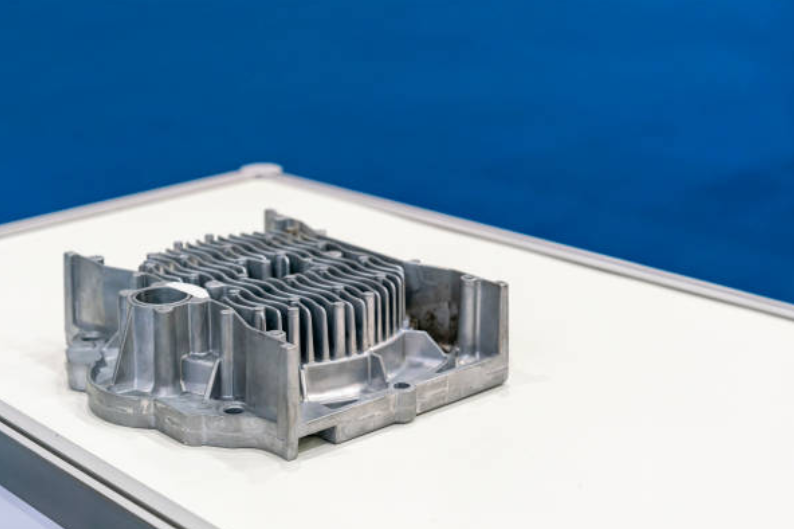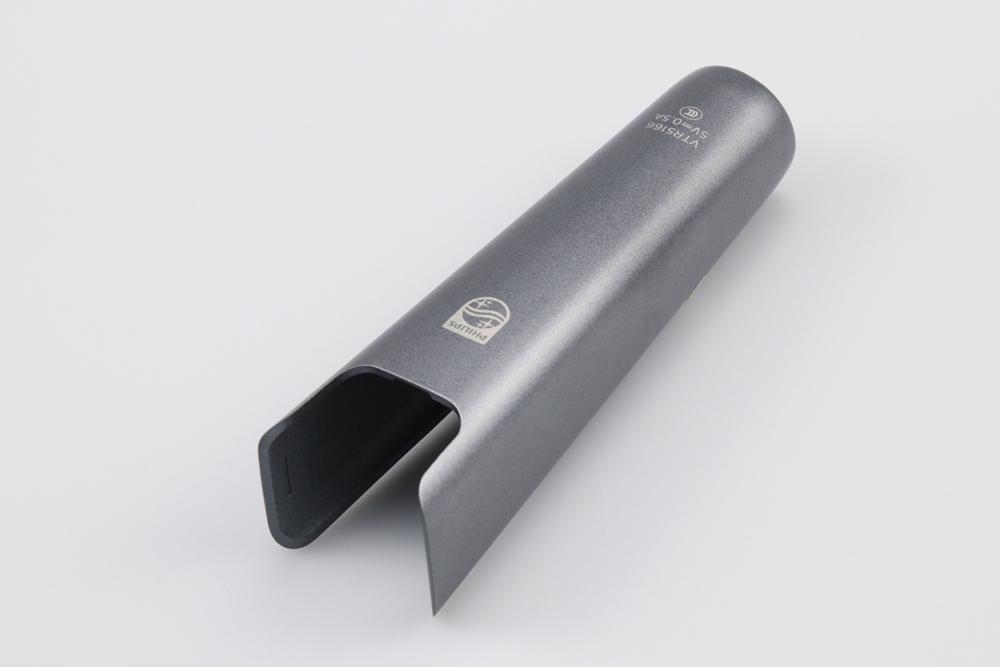How is performance consistency ensured from prototype to mass production?
Ensuring performance consistency from prototype to mass production in diagnostic or precision aluminum die-cast components requires a structured transition strategy that aligns material behavior, design tolerances, process parameters, and inspection protocols. At Neway, this is achieved through a combination of prototyping validation, tooling optimization, process simulation, and statistical quality control. The objective is simple—every component produced at scale must perform identically to the validated prototype while meeting regulatory requirements across various industries, including medical devices, consumer electronics, and telecommunications.
Prototype Validation and Data Collection
The first stage uses 3D printing prototyping and CNC machining prototyping to validate geometry, fluid behavior, and optical or mechanical functionality. Real-world chemical exposure, thermal testing, and alignment checks generate data used to optimize tolerances and determine critical-to-function (CTF) features. Once validated, the design moves to aluminum die casting or precision casting, where gating layout, cooling channels, and pressure injection speed are simulated using FEA and flow analysis to ensure the prototype’s performance translates to real tooling.
Tooling Optimization and Process Lock
Mass production reliability depends on tool stability. Tool steel selection and temperature control systems are designed alongside gating and venting strategies to replicate prototype performance at volume. Once the first castings are made, a pre-production run is conducted and checked using CMM inspection, leak tests, and surface roughness measurements. If necessary, tools are re-machined via CNC machining to fine-tune critical areas. Once approved, the process is “locked”—meaning all parameters including injection pressure, metal temperature, and cycle time are fixed to ensure repeatability.
Surface Treatment and Functional Reliability
To maintain durability and optical/chemical performance at scale, surface treatments must remain consistent batch to batch. Techniques such as tumbling, anodizing, and passivation help prevent surface variation while ensuring chemical resistance during reagent exposure. Controlled coating strategies such as PVD or painting preserve reflectivity or hydrophobicity for optical and microfluidic applications. Surface measurements, batch testing, and accelerated aging trials build confidence before full ramp-up.
Statistical Quality Control and Traceability
Mass production consistency is achieved by integrating statistical process control (SPC) and process capability studies (Cp/Cpk) based on prototype data. Vision systems and CMMs verify critical dimensions while automated leak testing validates sealing interfaces. For medical and diagnostic devices requiring regulatory compliance, each batch is traceable—from material batches to surface treatment records. By combining robust process control with component-level validation, every part produced mirrors the functional integrity of the approved prototype.
Scaling Production with Certainty
Before full-scale launch, pilot runs using prototyping data ensure part performance and assembly behavior under production conditions. Once validated, cross-functional teams from tooling, casting, finishing, and quality departments finalize the manufacturing protocol. This structured and iterative approach minimizes risk, ensuring that design intent, mechanical reliability, and application-specific performance remain unchanged from the first prototype to the thousandth unit.



